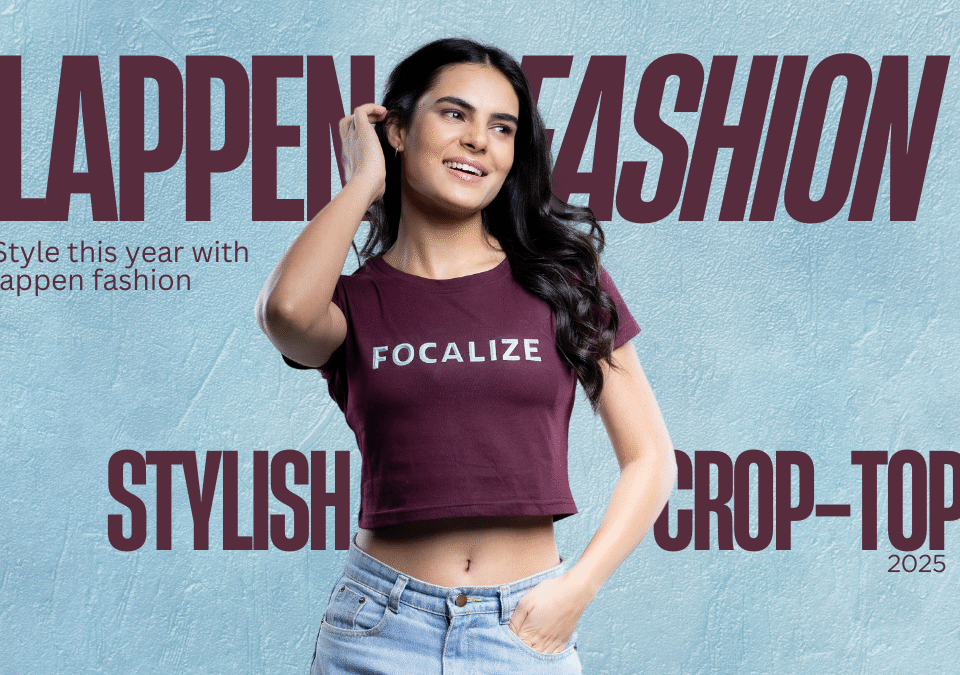
How to Rock Polo T-shirts for a Classy Yet Casual Winter Look
January 22, 2025Cotton comes in various types, each suited to different uses based on their properties like length, texture, and strength. The main types of cotton are:
1. Upland Cotton (Gossypium hirsutum)
- Characteristics: The most common type, making up around 90% of the world’s cotton production. Upland cotton is shorter, with coarser fibers.
- Uses: Used for general-purpose textiles such as t-shirts, sheets, and denim.
2. Egyptian Cotton (Gossypium barbadense)
- Characteristics: Known for its long, fine, and silky fibers. Egyptian cotton has a reputation for luxury and high quality.
- Uses: High-end bedding, fine fabrics, and premium clothing items.
3. Pima Cotton (Gossypium barbadense)
- Characteristics: Similar to Egyptian cotton in terms of fiber length and quality but typically grown in the United States. It’s softer and more durable than upland cotton.
- Uses: Luxury bedding, high-quality clothing, and towels.
4. Sea Island Cotton (Gossypium barbadense)
- Characteristics: Grown in the Caribbean and coastal areas of the southeastern U.S., Sea Island cotton has long, smooth fibers that are strong and lustrous.
- Uses: Premium fabric products like fine clothing and high-end textiles.
5. Organic Cotton
- Characteristics: Cotton grown without the use of synthetic pesticides or fertilizers. It is produced using environmentally friendly farming practices.
- Uses: Clothing, bedding, and other eco-conscious textile products.
6. Texas Cotton
- Characteristics: A variety of Upland cotton primarily grown in Texas. It’s generally of a good quality but not as fine as Egyptian or Pima.
- Uses: Common in the production of denim, casual wear, and household items.
7. Colombian Cotton
- Characteristics: Grown in Colombia, this cotton is known for being strong and resistant to pests. It has long fibers that produce soft and durable fabric.
- Uses: High-quality garments, textiles, and towels.

Each type of cotton offers unique advantages in terms of feel, durability, and application. The choice of cotton depends on the desired end-use, with finer, longer fibers often associated with luxury items, while coarser varieties are used for more everyday products.






